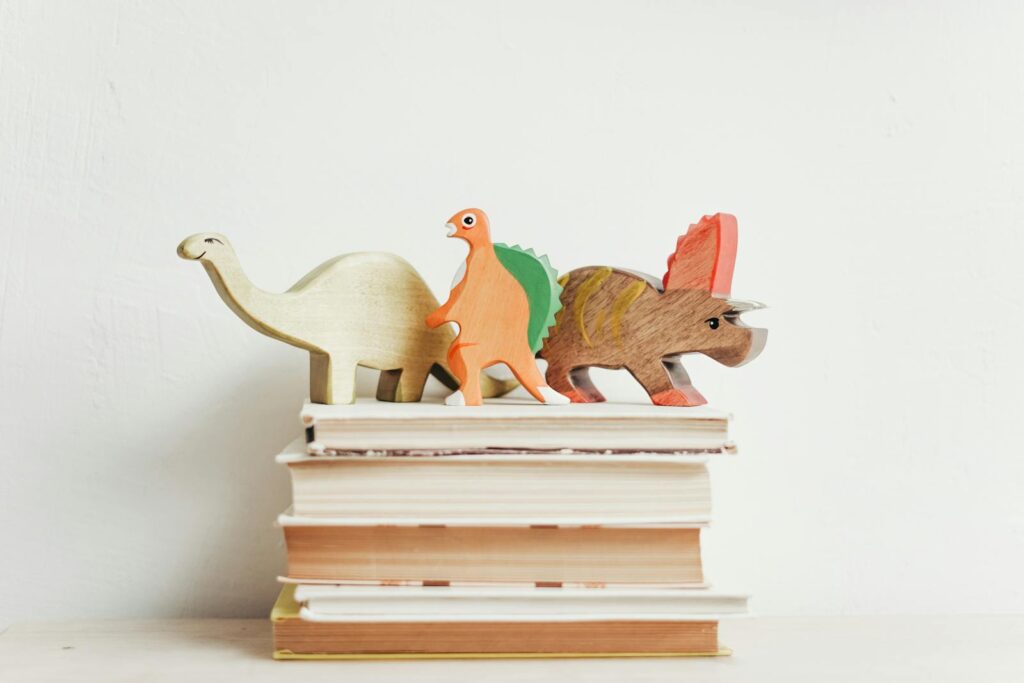When we think of dinosaurs in literature, our minds might immediately jump to modern works like “Jurassic Park” or children’s picture books. However, these prehistoric creatures have played fascinating roles in classic literature dating back to the Victorian era, shortly after their scientific discovery in the early 19th century. The literary representation of dinosaurs has evolved alongside scientific understanding, capturing the imagination of both authors and readers through the decades.
These extinct beasts have served as powerful metaphors, adventure catalysts, philosophical devices, and windows into humanity’s relationship with the natural world and our own past. This exploration reveals how classic literature has incorporated these magnificent creatures long before they became staples of modern entertainment.
The Dawn of Dinosaurs in Victorian Literature
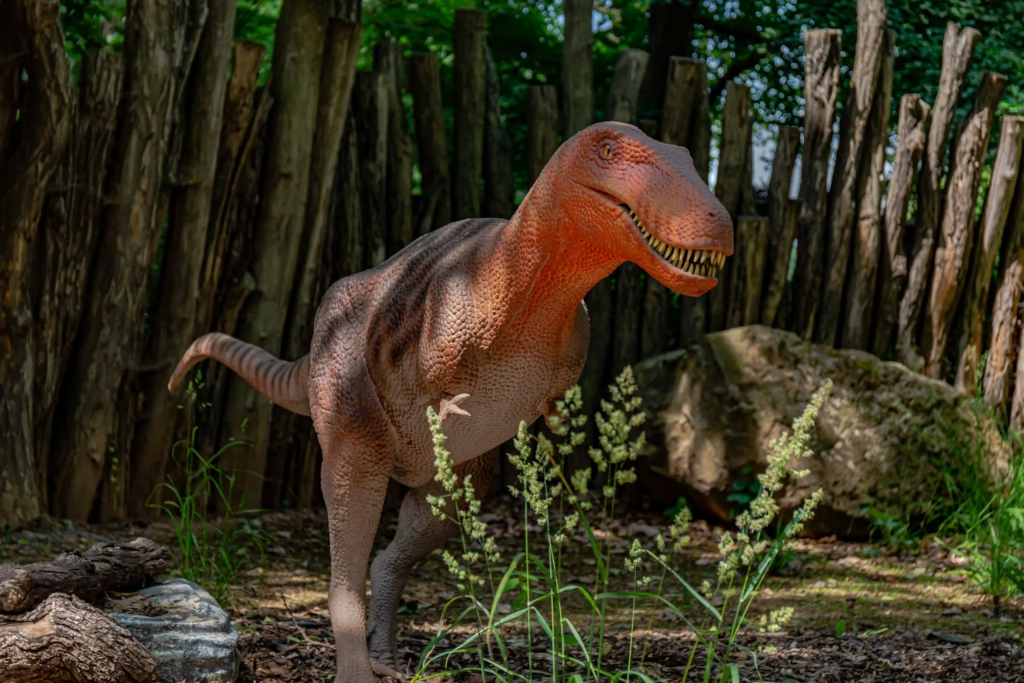
The Victorian era coincided with the early discoveries and naming of dinosaurs by scientists like Richard Owen, who coined the term “dinosaur” in 1842. This scientific breakthrough quickly captured the public imagination and found its way into literature. Arthur Conan Doyle’s groundbreaking 1912 novel “The Lost World” stands as perhaps the most influential early dinosaur narrative, creating a template for dinosaur fiction that persists today. Earlier works like Jules Verne’s “Journey to the Center of the Earth” (1864) featured prehistoric creatures that, while not technically dinosaurs by modern classification, helped establish the literary tradition of humans encountering living prehistoric animals. These Victorian and Edwardian works reflected both the scientific excitement of the age and the unsettling implications of Darwin’s evolutionary theories that were revolutionizing how humans viewed their place in natural history.
Dinosaurs as Symbols of the Prehistoric Past
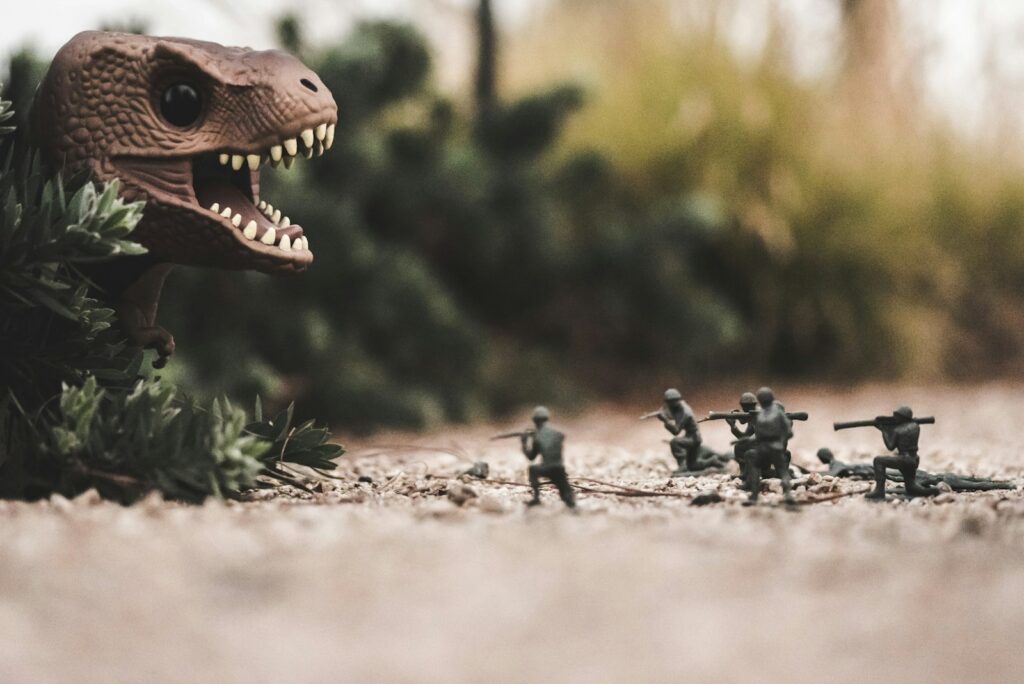
Classic literature often deployed dinosaurs as powerful symbols of Earth’s ancient past, representing a world both familiar and utterly alien to human experience. In works like H.G. Wells’ short stories, prehistoric creatures served as reminders of the vast stretches of time that preceded human existence, challenging the anthropocentric worldview that dominated much of Western thought. Writers used dinosaurs to evoke the concept of “deep time” – geological timescales so vast they strain human comprehension. This literary device proved particularly effective in narratives concerned with humanity’s brief tenure on Earth compared to other species. The dinosaur’s dual nature – scientifically documented yet never witnessed alive by humans – created a perfect literary space for exploring the boundaries between knowledge and imagination, science and speculation.
Dinosaurs in Lost World Narratives
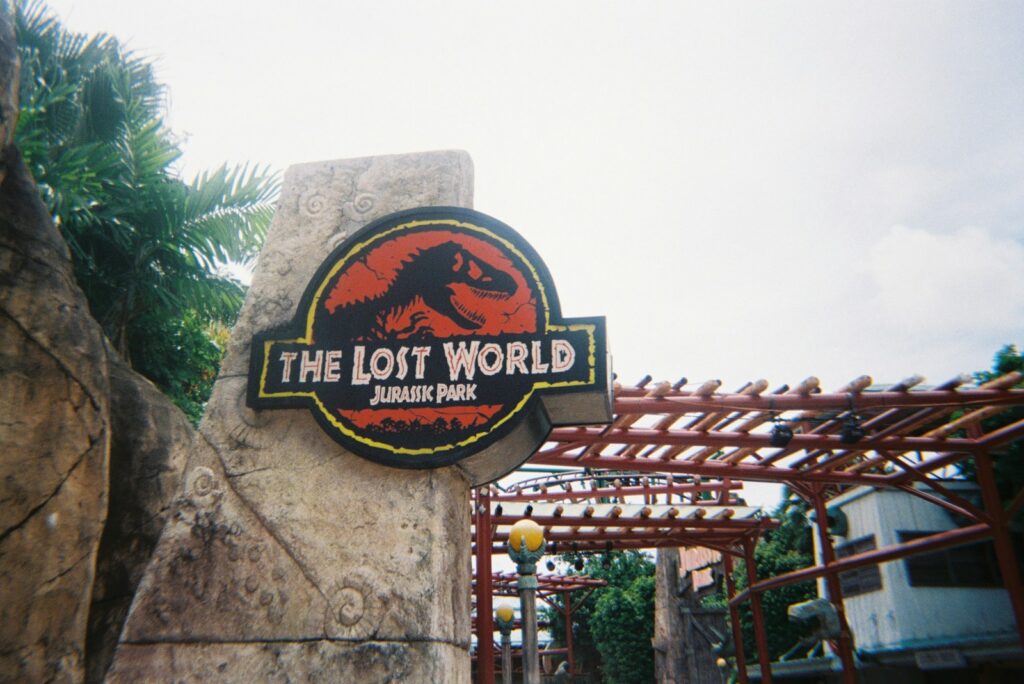
The “lost world” narrative became a dominant framework for introducing dinosaurs into classic literature, establishing a tradition that continues in modern fiction and film. Arthur Conan Doyle’s eponymous novel pioneered this approach, creating isolated geographical pockets where prehistoric creatures survived into the modern era. This narrative device solved the temporal problem of bringing humans and dinosaurs together while preserving scientific plausibility. Edgar Rice Burroughs expanded on this tradition with his “Pellucidar” series beginning in 1915, featuring a prehistoric world existing at Earth’s core. These lost world narratives typically balanced adventure elements with philosophical questions about human progress and our relationship with nature. The isolated settings also allowed authors to critique imperialism and Western cultural assumptions by placing “civilized” explorers in environments where human dominance was not assured.
Dinosaurs as Metaphors for the Primitive

Classic authors frequently employed dinosaurs as metaphors for primitive forces, both in nature and within human psychology. These creatures represented the ancient, primal aspects of existence that modern civilization had supposedly transcended. In works with social commentary, dinosaurs sometimes symbolized outdated institutions or thinking, with their eventual extinction serving as a warning to societies resistant to progress. Conversely, some authors used dinosaurs to critique modern society’s disconnection from natural instincts and processes. The massive physical presence of dinosaurs in literature often represented overwhelming natural forces that humbled human pretensions of control. This metaphorical use extended beyond explicit dinosaur appearances, with “dinosaur” becoming shorthand in later classic literature for anything powerful but obsolete or doomed to extinction.
Scientific Accuracy Versus Literary License
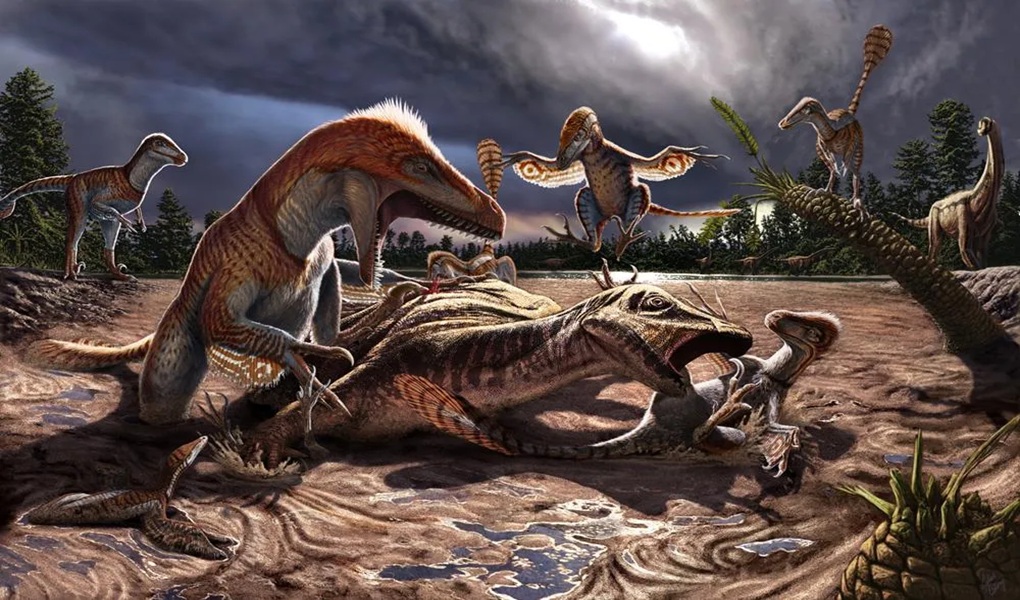
The tension between scientific accuracy and narrative requirements created an interesting dynamic in classic dinosaur literature. Early authors worked with limited and evolving scientific information, often resulting in portrayals that modern readers would find inaccurate. Jules Verne attempted scientific plausibility while still catering to dramatic storytelling needs, a balance that defined much of dinosaur literature. Arthur Conan Doyle, despite his careful research, portrayed dinosaurs in ways that reflected the scientific understanding of his time but have since been revised. This evolution of dinosaur depiction provides a fascinating window into the development of paleontology as a science. Some classic authors deliberately chose dramatic impact over accuracy, creating memorable if scientifically questionable dinosaur encounters that prioritized their symbolic or narrative function.
Dinosaurs and Imperial Adventure Fiction
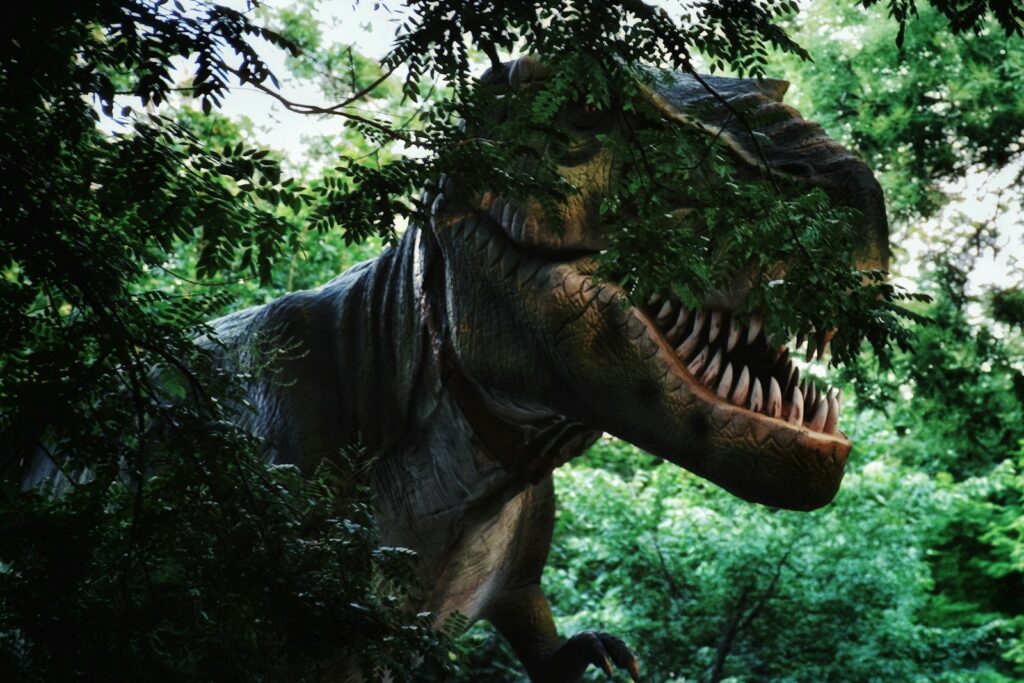
Dinosaurs became natural elements in imperial adventure fiction, a popular genre during the late 19th and early 20th centuries. These narratives often featured Western explorers venturing into uncharted territories where encounters with prehistoric creatures tested their courage and resourcefulness. The conquest of dinosaurs frequently paralleled colonial conquest, with prehistoric beasts serving as the ultimate trophies for ambitious explorers. Arthur Conan Doyle’s Professor Challenger exemplified the imperial scientist-adventurer archetype, cataloging and sometimes killing dinosaurs in the name of scientific advancement. However, some authors used dinosaur encounters to subvert imperial narratives, humbling their protagonists before forces that predated and would outlast human civilizations. These stories captured the Victorian and Edwardian fascination with exploration while expressing anxieties about the natural limits of imperial power.
Children’s Dinosaur Classics Before the Modern Era
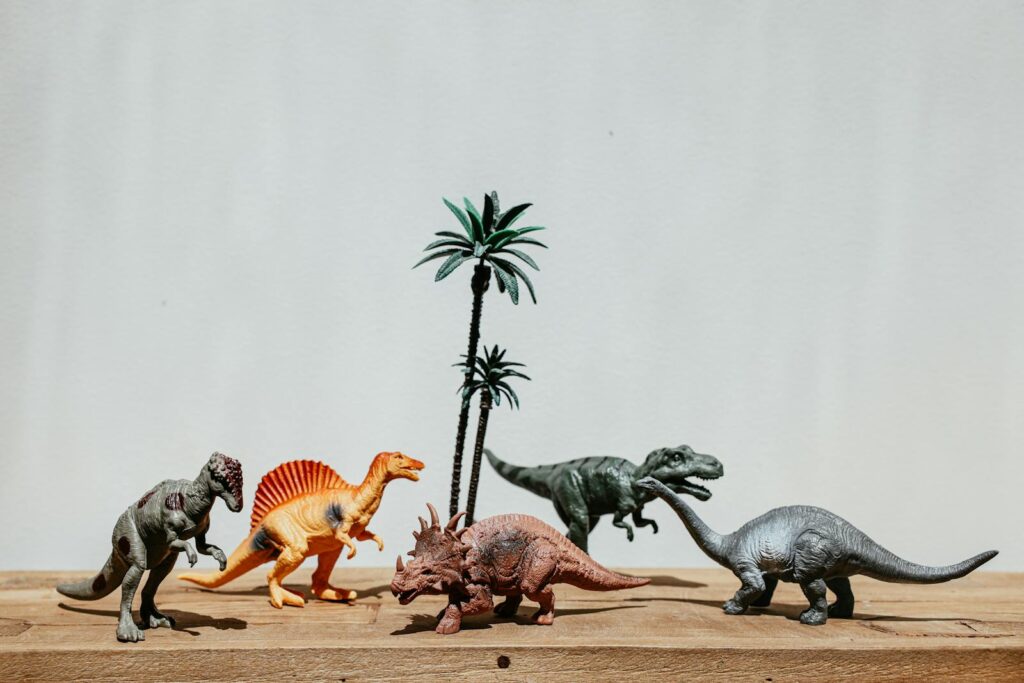
While dinosaurs are staples of contemporary children’s literature, their appearance in classic children’s literature was more limited but still significant. E. Nesbit incorporated prehistoric creatures in some of her children’s fantasy works, using them to evoke wonder rather than terror. These early children’s narratives often simplified dinosaurs while maintaining their appeal as creatures of fascination and imagination. The educational aspect of dinosaurs made them particularly suitable for the didactic tendency in classic children’s literature, combining entertainment with natural history lessons. Charles Kingsley’s “The Water-Babies” (1863), though not explicitly featuring dinosaurs, included prehistoric creatures that helped introduce young readers to concepts of extinction and Earth’s ancient past. These works laid the groundwork for the explosion of dinosaur-themed children’s literature that would follow in the mid-20th century.
Philosophical Implications of Dinosaur Extinction

The extinction of dinosaurs provided classic authors with a powerful philosophical motif for exploring themes of mortality, adaptation, and cosmic indifference. Writers like H.G. Wells used dinosaur extinction to highlight the precariousness of existence and the possibility that human civilization might similarly disappear. This theme took on particular resonance in post-Darwin literature, where previously accepted notions of permanent natural order had been upended. The dinosaurs’ dominance of Earth for millions of years, followed by their complete disappearance, offered a sobering perspective on humanity’s comparatively brief existence. Several classic works used dinosaur extinction as a meditation on how future species might view humanity after our own potential disappearance, creating a literary device for reflecting on our legacy. This philosophical use of dinosaurs added depth to what might otherwise have been simple adventure narratives.
Dinosaurs in Early Science Fiction

Early science fiction writers recognized dinosaurs as perfect vehicles for exploring the genre’s central themes of time, transformation, and encounters with the alien. H.G. Wells’ 1905 story “A Story of the Stone Age” and other prehistoric-themed works used dinosaurs and their era to examine human evolution and potential futures. Edgar Rice Burroughs incorporated dinosaur-like creatures in his science fiction, including the Martian novels, transferring Earth’s prehistoric past to alien landscapes. These science fiction treatments frequently used dinosaurs to question humanity’s place in the cosmos and our assumptions about evolutionary “progress.” The dinosaurs’ strange physiology and behavior made them effectively alien despite their Earthly origin, allowing authors to practice describing truly foreign life forms. This tradition established dinosaurs as standard elements in science fiction’s toolkit for imagining the strange and wonderful possibilities of life across time and space.
Realistic Versus Fantastical Dinosaur Portrayals

Classic literature reveals a spectrum of dinosaur portrayals ranging from attempts at scientific realism to openly fantastical representations. Authors like Arthur Conan Doyle strove for plausibility based on contemporary paleontological knowledge, even as they placed dinosaurs in impossible scenarios like survival into the modern era. Others embraced more fantastical elements, giving dinosaurs abilities or behaviors with no scientific basis but great narrative potential. This spectrum reflected broader literary tensions between realism and romanticism during the late 19th and early 20th centuries. Edgar Rice Burroughs’ dinosaur-like creatures often incorporated fantastical elements that prioritized adventure over scientific accuracy. The balance each author struck between realism and fantasy revealed their attitudes toward science and their literary priorities, with some using dinosaurs primarily as scientific entities and others as mythic or symbolic creatures.
Dinosaurs and Victorian Scientific Debates
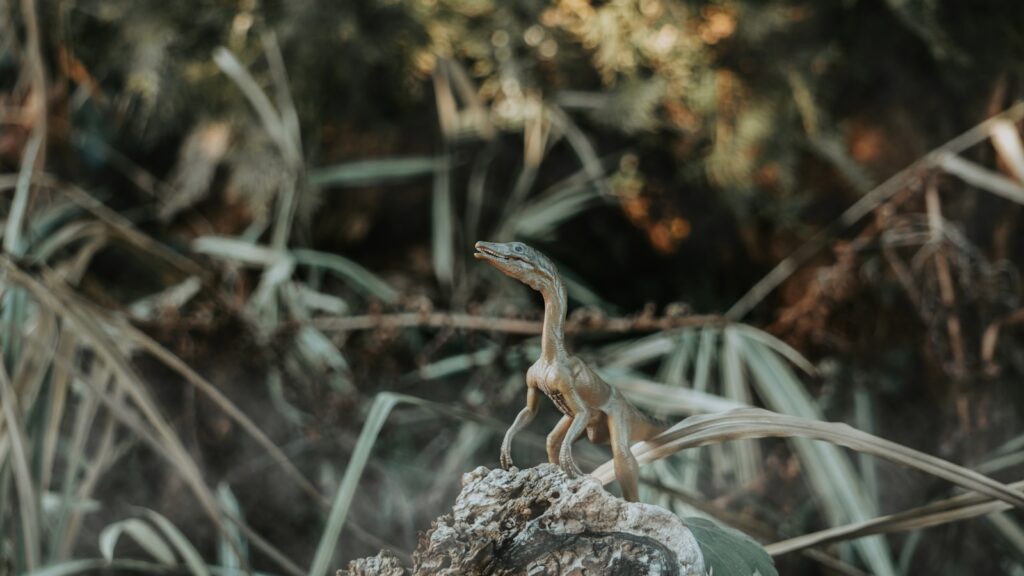
Victorian dinosaur literature frequently engaged with the period’s heated scientific debates about evolution, extinction, and Earth’s history. The relatively recent discovery of dinosaur fossils raised profound questions about biblical chronology and humanity’s place in creation. Authors like Charles Kingsley, himself a clergyman, used prehistoric creatures in literature to explore the compatibility of faith with new scientific discoveries. The initial interpretation of dinosaurs as reptilian failures contrasted with mammals’ supposed evolutionary superiority, a narrative that appealed to Victorian progressive ideals. Some works used dinosaurs to explore contemporary debates about natural selection, competition, and the role of violence in nature. These literary treatments reveal how dinosaurs became intellectual battlegrounds where Victorian society processed revolutionary scientific ideas that challenged established worldviews.
Legacy and Influence on Modern Dinosaur Literature

The dinosaur literature of the Victorian and Edwardian eras established templates and tropes that continue to influence contemporary fiction. Michael Crichton’s “Jurassic Park” owes clear debts to Arthur Conan Doyle’s “The Lost World,” from its basic premise to specific scenes and character types. Early lost world narratives created the narrative frameworks that still dominate dinosaur fiction across media today, including themes of human hubris when confronting prehistoric power. The philosophical questions raised by classic dinosaur literature—about extinction, time, and humanity’s place in nature—continue to resonate in contemporary works. Classical literary dinosaurs helped establish the creature as a cultural icon with multiple symbolic meanings beyond its biological reality. These foundational texts demonstrate how quickly dinosaurs transitioned from scientific discoveries to literary and cultural symbols with enduring power.
Conclusion
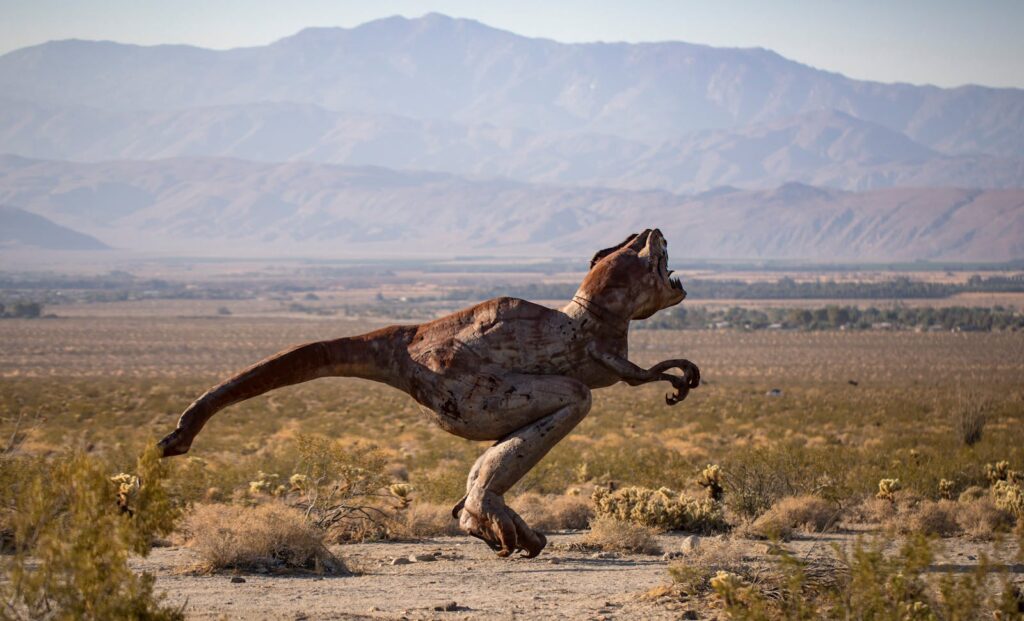
The appearance of dinosaurs in classic literature represents a fascinating intersection of scientific discovery, literary imagination, and cultural anxieties. From their earliest literary appearances following their scientific identification in the 1840s, these prehistoric creatures offered authors powerful tools for exploring themes ranging from evolutionary theory to imperial adventure, from humanity’s brief tenure on Earth to speculation about our possible futures. The dinosaur’s journey through classic literature mirrors broader cultural shifts in how we understand our relationship with the natural world and our place in time. While modern readers might find some of these early depictions scientifically outdated, their literary and philosophical significance remains undiminished. As our scientific understanding of dinosaurs continues to evolve, classic literature offers a valuable window into how earlier generations incorporated these magnificent creatures into their worldview, using them to explore perennial questions about nature, time, progress, and the human condition.

